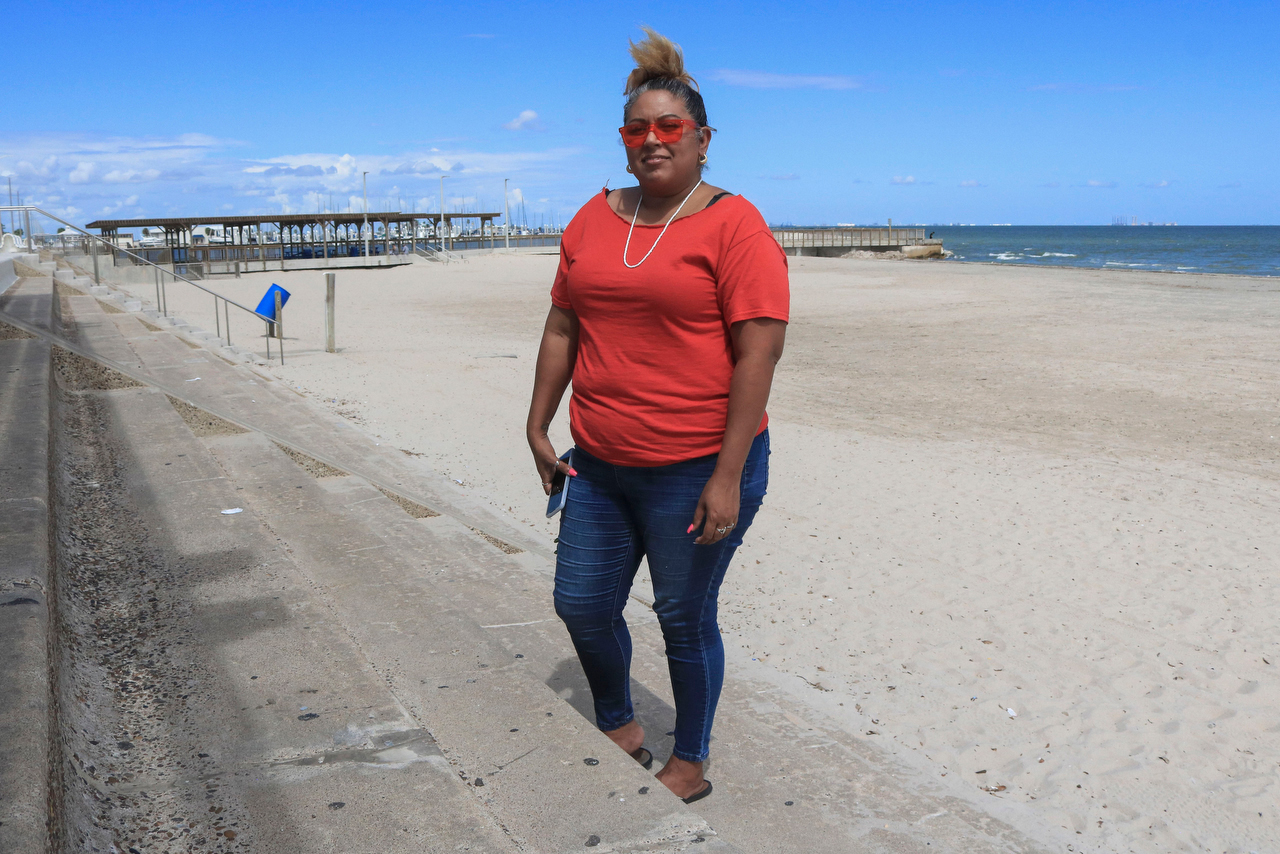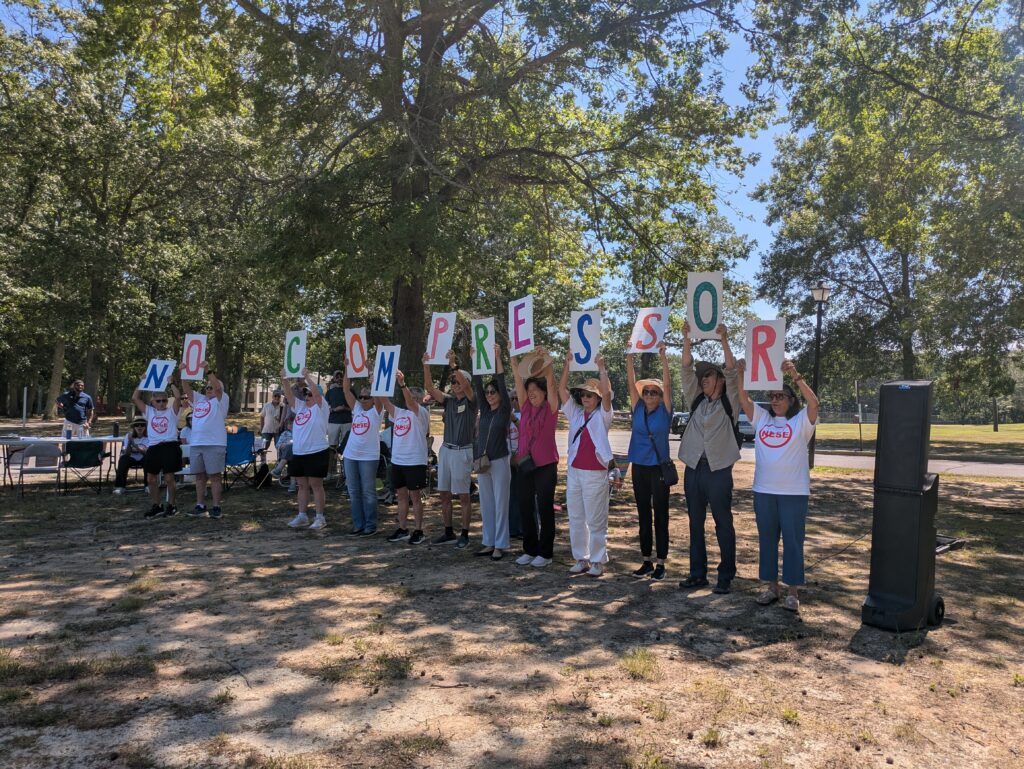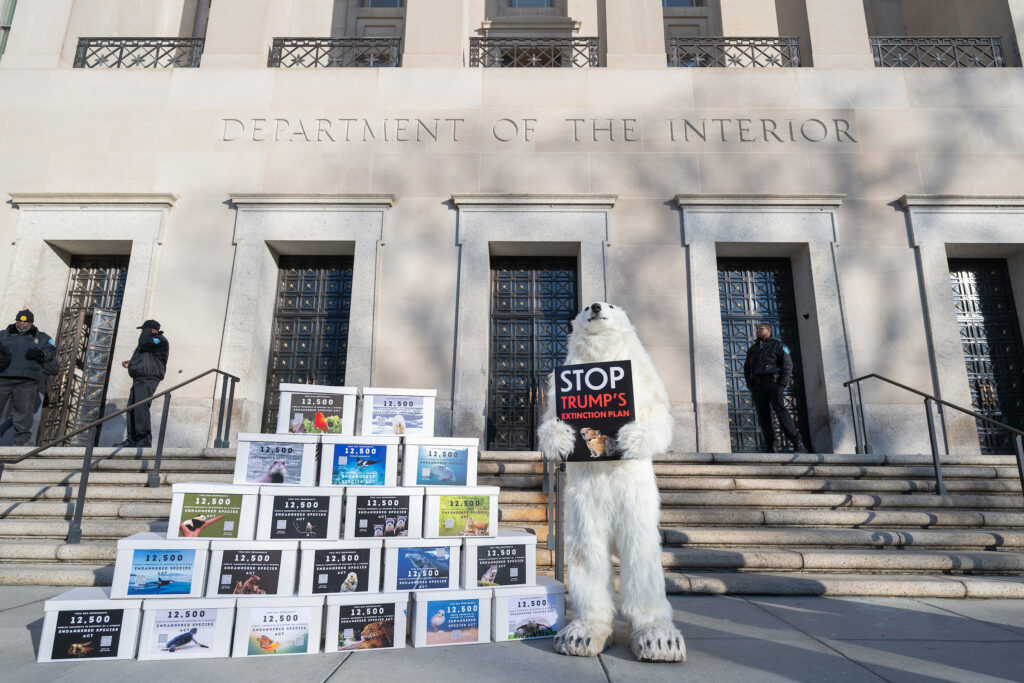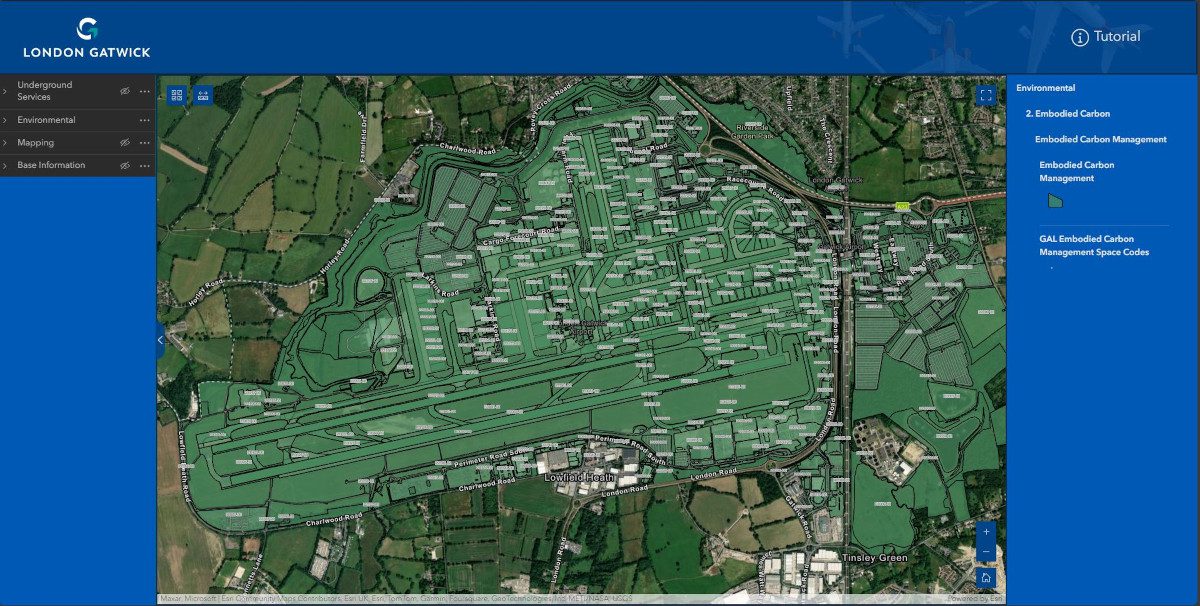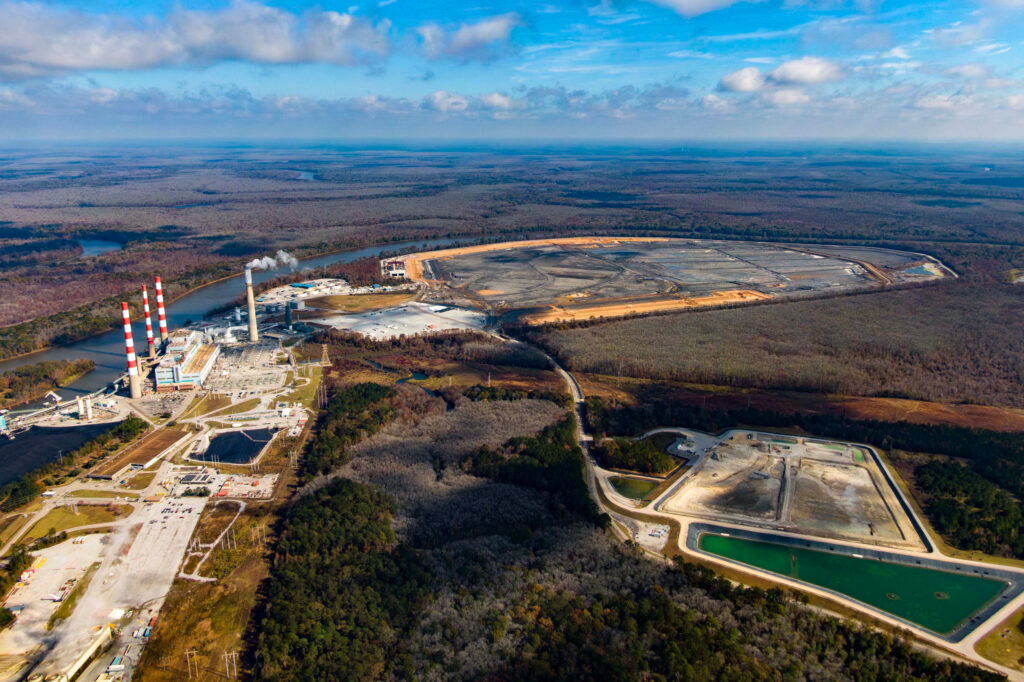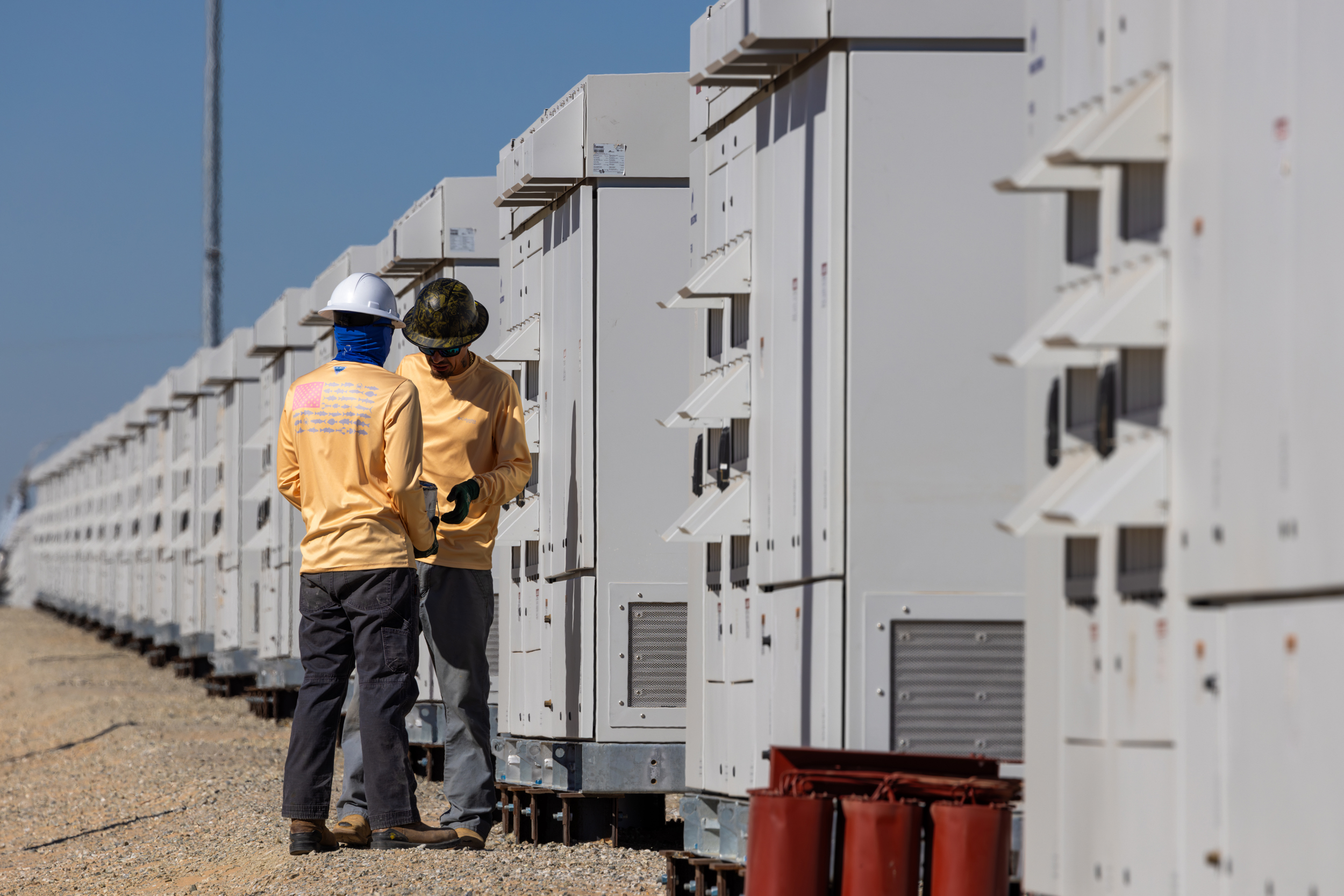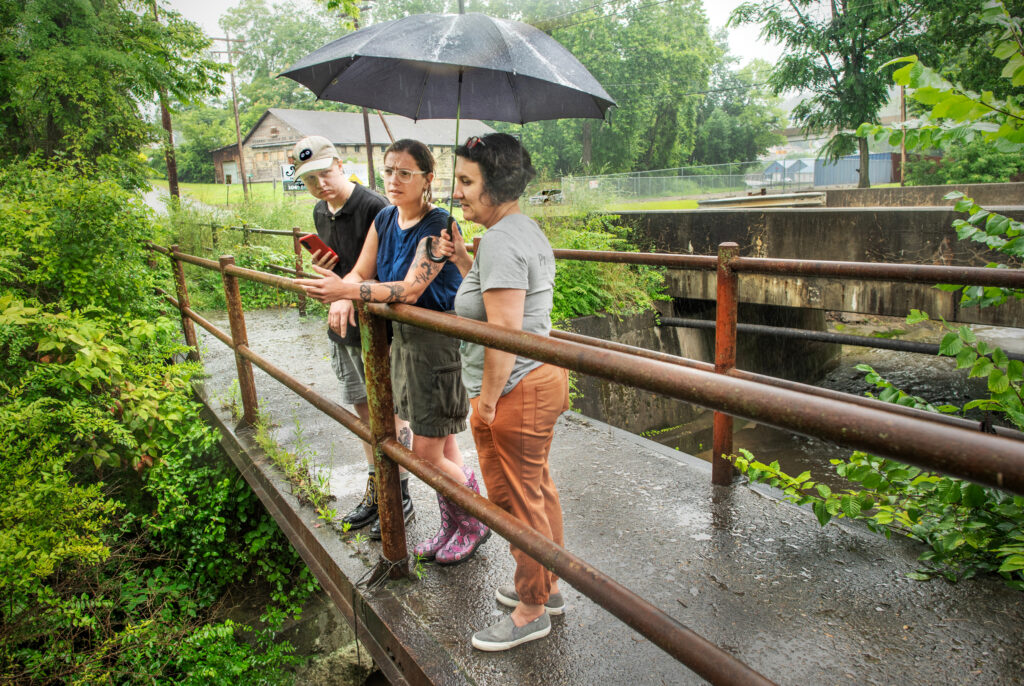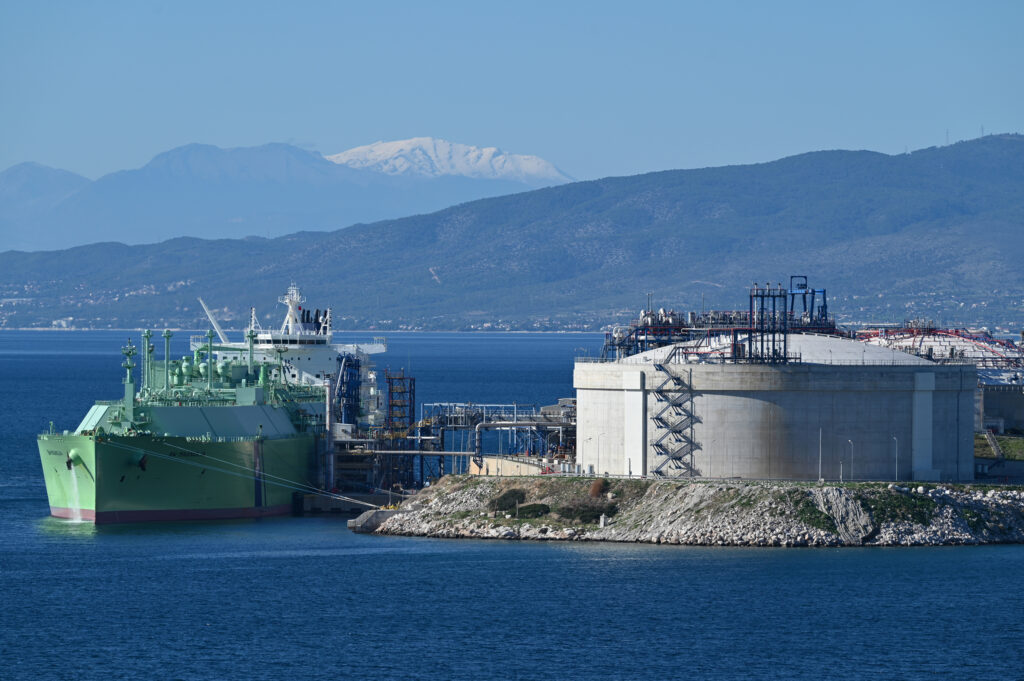Long-term drought persists in Texas despite catastrophic flooding that hit parts of the state last week. The torrential rainfall, which killed at least 120 people, alleviated the dry spell in some areas and boosted dwindling reservoir levels, but it didn’t wash away a broader water supply problem.
“Despite the heavy precipitation there’s still that long term drought,” said Brad Pugh, a meteorologist with the U.S. Drought Monitor. “This is a drought that dates back three-plus years.”
The July 4 rainstorm followed several rainy summer months in Texas. Now, about 30 percent of the state is currently in drought conditions, which is down from 85 percent in April and the lowest figure since September 2021.
We’re hiring!
Please take a look at the new openings in our newsroom.
See jobs
The rain wiped drought from several counties in the Texas Hill Country. But the places hardest hit by flooding, Kerr and Kendall counties, remain in “severe” drought conditions, according to the latest Drought Monitor map issued July 8.
“Extreme” and “exceptional” drought conditions, the highest rating levels, continue in South and West Texas, including in San Antonio. The recent Hill Country downpours stopped just north of these areas.
“There was really an abrupt southern margin to it,” said John Nielsen-Gammon, director of the Southern Regional Climate Center at Texas A&M University.

For example, rainfall in the Guadalupe River Basin caused historic flooding as the river rose 36 feet in Kerr County. But the adjacent Nueces River Basin, which also covers part of Kerr County and provides water for the city of Corpus Christi, logged virtually no runoff. The Choke Canyon reservoir, the largest reservoir on the Nueces River system, remains 13 percent full, down from 13.2 percent a week ago.
City officials in Corpus Christi, which supplies water to a half million people, have warned that the Nueces River reservoirs could dry up entirely by next spring.
The recent rain also missed the recharge areas for the Edwards Aquifer, which supplies water to the City of San Antonio. The aquifer is down more than 30 feet since 2021 as drought conditions have persisted.
“It really needs the rain west of San Antonio to have a major impact on the Edwards Aquifer,” said Robert Mace, executive director of the Meadows Center for Water and the Environment at Texas State University.
The state’s most dire water shortages, in far West Texas and along the Rio Grande, were also unbroken by the storms in July.
Most of the rainfall ended up in three large reservoirs of Central Texas that supply water to the sprawling conglomeration of cities in one of the nation’s fastest-growing regions. In the last week, Lake Buchanan rose from 60 to 84 percent full, Canyon Lake rose from 46 to 64 percent full, and Lake Travis, which supplies the City of Austin, rose from 43 to 68 percent full.
“These key water supply reservoirs have come up significantly, but they are all still below their median levels for this time of year,” said Todd Votteler, principal of Collaborative Water Resolution LLC in Central Texas. “The hydrologic drought is not over yet.”
This story is funded by readers like you.
Our nonprofit newsroom provides award-winning climate coverage free of charge and advertising. We rely on donations from readers like you to keep going. Please donate now to support our work.
Donate Now
Concerns over drought and water supply took center stage at this year’s legislative session in Texas, where lawmakers proposed a flurry of actions aimed at heading off projected water shortages. Now, a special legislative session called by the governor will focus on flooding.
This extreme variability between severe droughts and floods is consistent with projections of climate change caused by the accumulation of greenhouse gases in the atmosphere. Warmer air can intensify both wet and dry weather. Human-driven climate change helped fuel the heavy rains that devastated the Hill Country but didn’t end the broader drought.
“These droughts are more frequent, as are the extreme weather events. So it’s like all of the norms are busted,” said Perry Fowler, executive director of the Texas Water Infrastructure Network, a lobbying firm in Austin. “In terms of how you respond to that, it requires more thoughtful planning and additional investments.”
About This Story
Perhaps you noticed: This story, like all the news we publish, is free to read. That’s because Inside Climate News is a 501c3 nonprofit organization. We do not charge a subscription fee, lock our news behind a paywall, or clutter our website with ads. We make our news on climate and the environment freely available to you and anyone who wants it.
That’s not all. We also share our news for free with scores of other media organizations around the country. Many of them can’t afford to do environmental journalism of their own. We’ve built bureaus from coast to coast to report local stories, collaborate with local newsrooms and co-publish articles so that this vital work is shared as widely as possible.
Two of us launched ICN in 2007. Six years later we earned a Pulitzer Prize for National Reporting, and now we run the oldest and largest dedicated climate newsroom in the nation. We tell the story in all its complexity. We hold polluters accountable. We expose environmental injustice. We debunk misinformation. We scrutinize solutions and inspire action.
Donations from readers like you fund every aspect of what we do. If you don’t already, will you support our ongoing work, our reporting on the biggest crisis facing our planet, and help us reach even more readers in more places?
Please take a moment to make a tax-deductible donation. Every one of them makes a difference.
Thank you,





